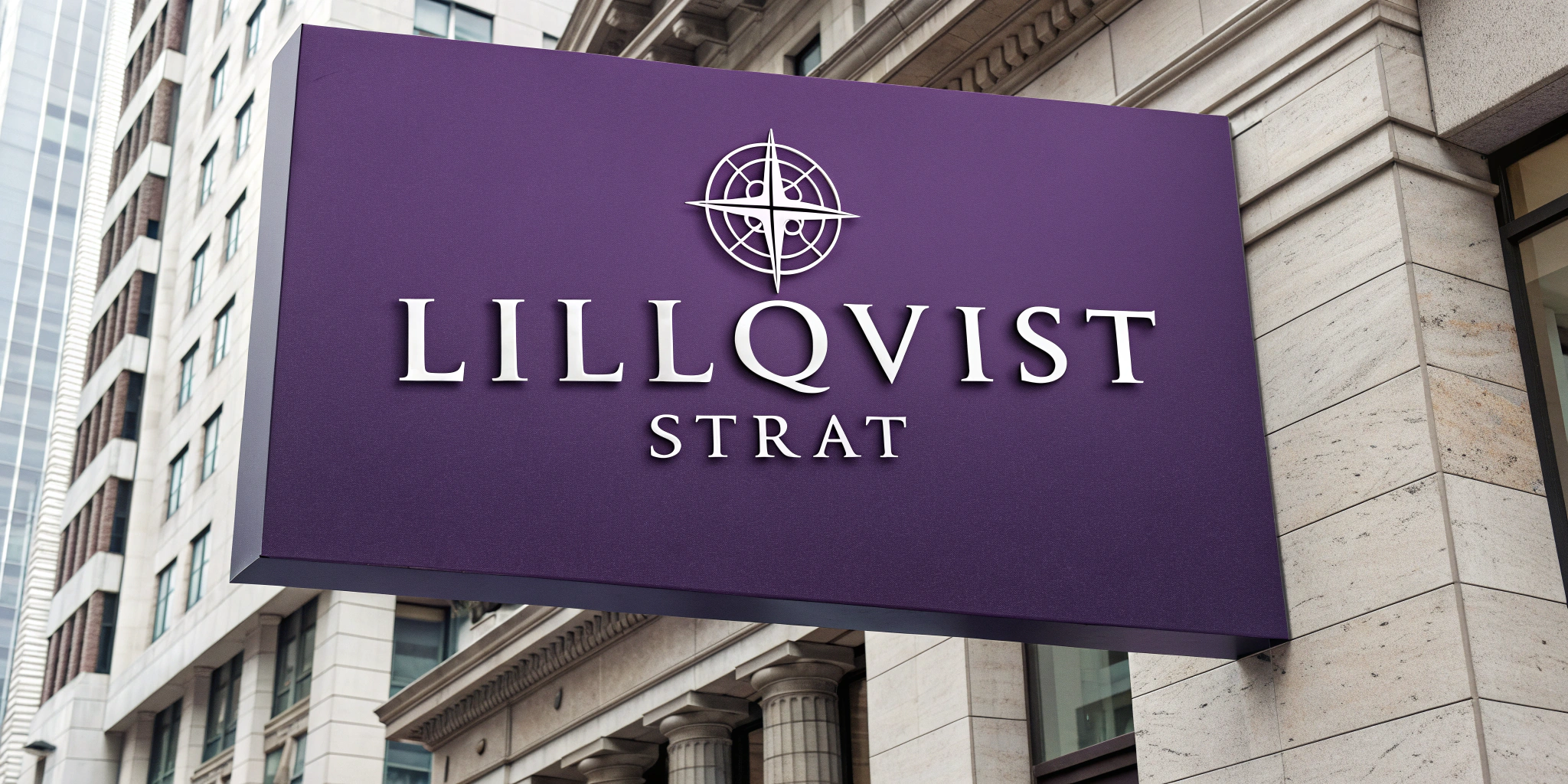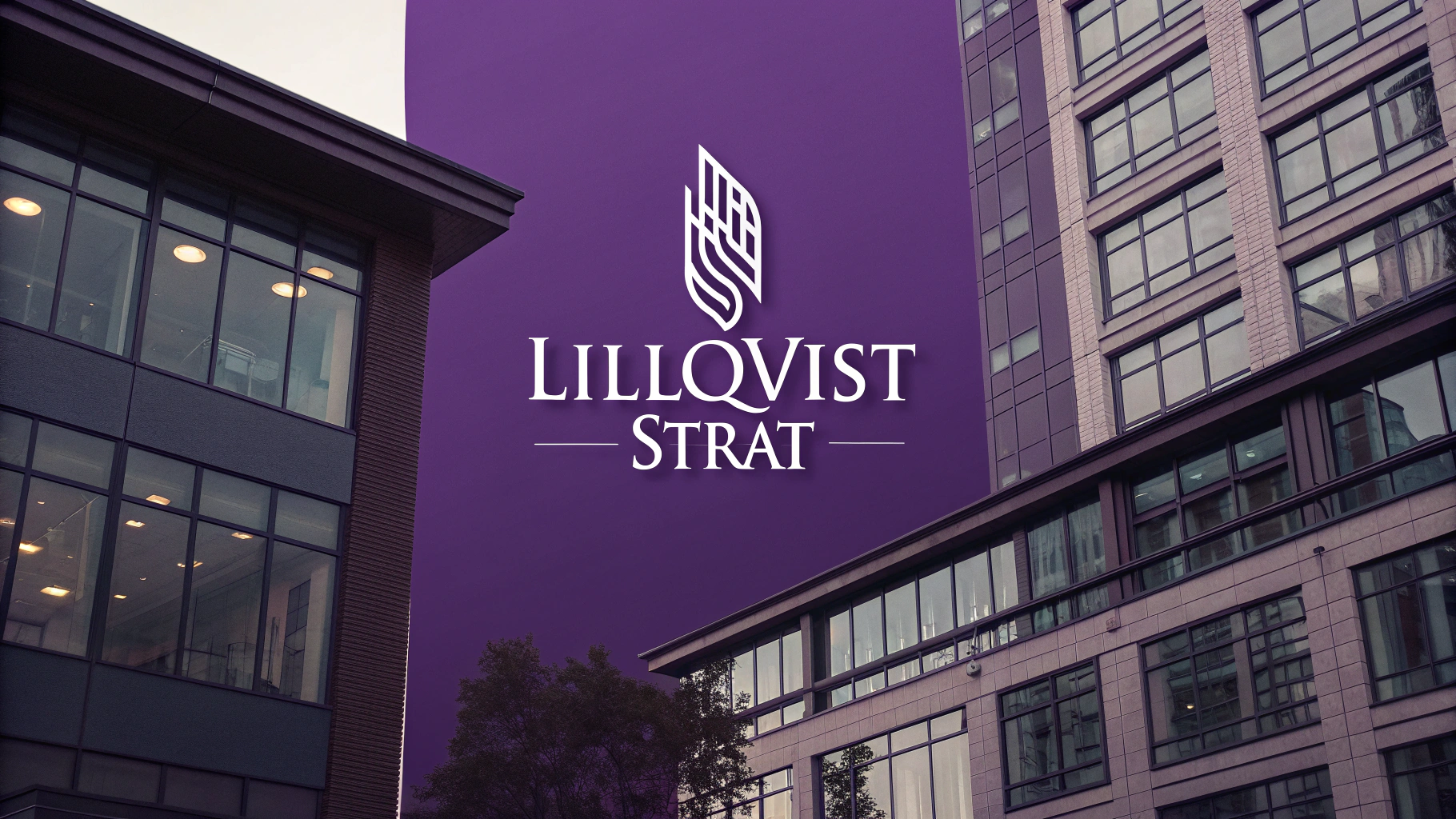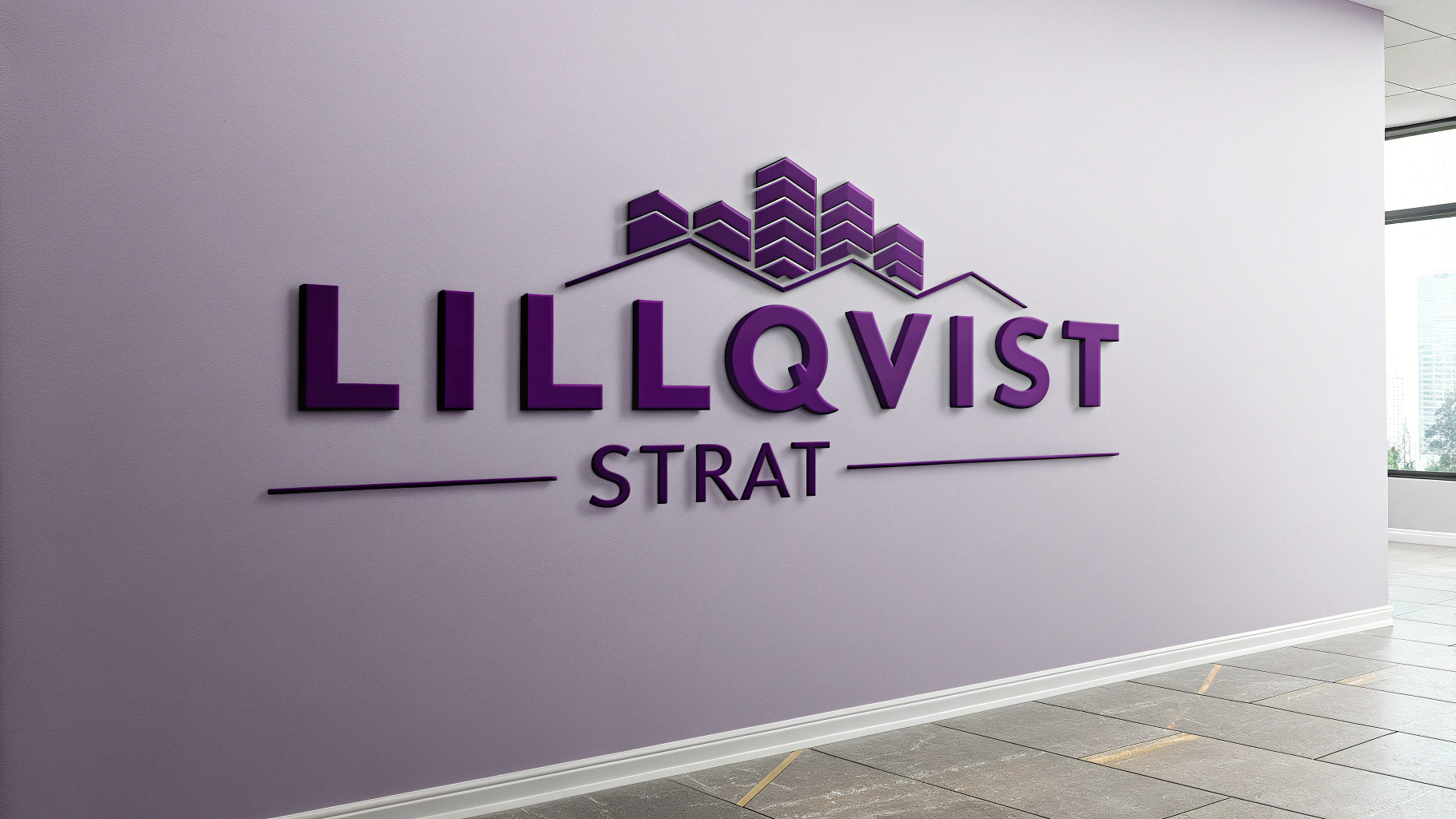Instant Google Ads, Facebook, and SEO Performance Reports—No Manual Work Needed
Introduction
Marketing agencies spend countless hours compiling reports for their clients, pulling data from various platforms like Google Ads, Facebook Ads, and SEO tools. Manual reporting is time-consuming, error-prone, and can leave room for inconsistencies.
But what if you could automate the entire reporting process and generate accurate, real-time reports at the click of a button?
In this article, we’ll explore:
✅ How Python automates marketing reports for Google Ads, Facebook, and SEO
✅ The time and cost savings from automation
✅ Step-by-step instructions to set up automated marketing reports
✅ Real-life success stories of agencies benefiting from Python automation
The Problem: Time-Consuming Manual Reporting
Marketing teams often face the following challenges with manual reporting:
❌ Multiple platforms—gathering data from Google Ads, Facebook, and SEO tools requires switching between different dashboards
❌ Slow updates—report generation takes time, and by the time the report is ready, the data is already outdated
❌ Error-prone—manual entry and copying/pasting data lead to mistakes
❌ Lack of insights—collecting data is easy, but transforming it into actionable insights takes time and expertise
By automating the process with Python, agencies can save hours each week and deliver real-time insights to clients.
The Solution: Automating Marketing Reports with Python
With Python, you can automate the collection, transformation, and reporting of data from all major marketing platforms:
✅ Google Ads—automate the retrieval of campaign performance data
✅ Facebook Ads—fetch detailed ad performance and audience insights
✅ SEO tools—integrate with platforms like Google Search Console and Ahrefs for SEO metrics
Automating the process enables agencies to:
✅ Generate instant reports
✅ Eliminate human error in data entry
✅ Improve client satisfaction with real-time updates
✅ Focus on strategy and creativity, not tedious tasks
How Much Time & Money Does Automation Save?
Agencies can save a substantial amount of time by automating marketing reports. Here’s a breakdown of the time savings:
| Task | Manual Time (per week) | Automated Time | Time Saved (%) |
|---|---|---|---|
| Gathering data from Google Ads | 2 hours | 10 minutes | 90% |
| Pulling data from Facebook Ads | 2 hours | 10 minutes | 90% |
| Fetching SEO performance data | 2 hours | 10 minutes | 90% |
| Creating reports | 4 hours | 30 minutes | 92% |
| Total Time Saved | 10 hours | 1 hour | 90% |
An agency with 5 team members can save 50 hours per week, equivalent to $2,500 per week in labor costs based on an average hourly rate of $50/hour.
Step-by-Step Guide: Automating Marketing Reports with Python
Step 1: Install Required Libraries
We’ll need several Python libraries to pull data from various platforms.
pip install google-ads facebook-sdk pandas
Step 2: Google Ads API Integration
Python can be used to fetch data from Google Ads using the official Google Ads API. Here’s an example of retrieving campaign performance data.
from google.ads.google_ads.client import GoogleAdsClient
# Initialize Google Ads Client
client = GoogleAdsClient.load_from_storage("google-ads.yaml")
# Retrieve campaign performance data
def fetch_google_ads_data(client, customer_id):
ga_service = client.get_service("GoogleAdsService")
query = """
SELECT campaign.id, campaign.name, metrics.clicks, metrics.impressions, metrics.average_cpc
FROM campaign
WHERE segments.date DURING LAST_30_DAYS
"""
response = ga_service.search(customer_id=customer_id, query=query)
for row in response:
print(f"Campaign: {row.campaign.name}, Clicks: {row.metrics.clicks}, Impressions: {row.metrics.impressions}")
fetch_google_ads_data(client, 'YOUR_CUSTOMER_ID')
Step 3: Facebook Ads API Integration
To get data from Facebook Ads, use the Facebook Graph API. Here’s an example of how to retrieve performance data from Facebook.
import facebook
# Initialize Facebook Graph API
access_token = 'YOUR_FACEBOOK_ACCESS_TOKEN'
graph = facebook.GraphAPI(access_token)
# Get ad performance data
def fetch_facebook_ads_data():
ad_data = graph.get_connections(id='act_YOUR_AD_ACCOUNT_ID', connection_name='insights', params={'date_preset': 'last_30_days', 'fields': 'campaign_name,clicks,impressions,spend'})
for ad in ad_data['data']:
print(f"Campaign: {ad['campaign_name']}, Clicks: {ad['clicks']}, Impressions: {ad['impressions']}, Spend: {ad['spend']}")
fetch_facebook_ads_data()
Step 4: SEO Data Integration (Google Search Console)
Automate the retrieval of SEO performance data from Google Search Console or similar platforms.
from google.auth import credentials
from googleapiclient.discovery import build
# Initialize Google Search Console API
def fetch_seo_data():
service = build("webmasters", "v3", credentials=credentials)
response = service.searchanalytics().query(siteUrl='YOUR_SITE_URL', body={
'startDate': '2025-01-01',
'endDate': '2025-02-01',
'dimensions': ['query'],
'rowLimit': 10
}).execute()
for row in response['rows']:
print(f"Query: {row['keys'][0]}, Clicks: {row['clicks']}, Impressions: {row['impressions']}")
fetch_seo_data()
Step 5: Automate Report Generation
Now, we’ll automate the creation of reports by combining data from Google Ads, Facebook Ads, and SEO data. We’ll use Pandas to format the data and generate a final report.
import pandas as pd
# Combine data from all platforms
data = {
"Platform": ["Google Ads", "Facebook Ads", "SEO"],
"Clicks": [1000, 1500, 1200],
"Impressions": [50000, 70000, 60000],
"Spend": [500, 750, 0]
}
df = pd.DataFrame(data)
# Save report to Excel or send via email
df.to_excel("marketing_report.xlsx", index=False)
print("Report generated and saved to Excel!")
Real-World Example: A Digital Marketing Agency That Boosted Efficiency
A digital marketing agency used to spend 12 hours each week compiling reports from Google Ads, Facebook Ads, and SEO tools. After implementing Python automation:
✅ Reports were generated in 1 hour instead of 12
✅ Client satisfaction improved due to faster delivery and more accurate data
✅ The agency saved 500 hours per year, leading to $25,000 in labor cost savings
By automating marketing reports, they were able to focus on strategic work, leading to more successful campaigns and happier clients.
The Bottom Line: Is Automation Worth It?
✅ Automating marketing reports allows agencies to spend more time on strategy and client relations, instead of manual reporting.
✅ Python integration with Google Ads, Facebook Ads, and SEO tools saves significant time and reduces errors.
✅ The time savings translate to a substantial return on investment, allowing agencies to increase efficiency and focus on growth.
Ready to save 10+ hours per week on reporting? Automate your marketing reports today with Python!

Lillqvist Strat consults on business developement, software projects, automation, SOPs, analytical tools and more.
Contact me today to get started on our journey to higher profits, more revenue and happier employees!
Go to Contact now



